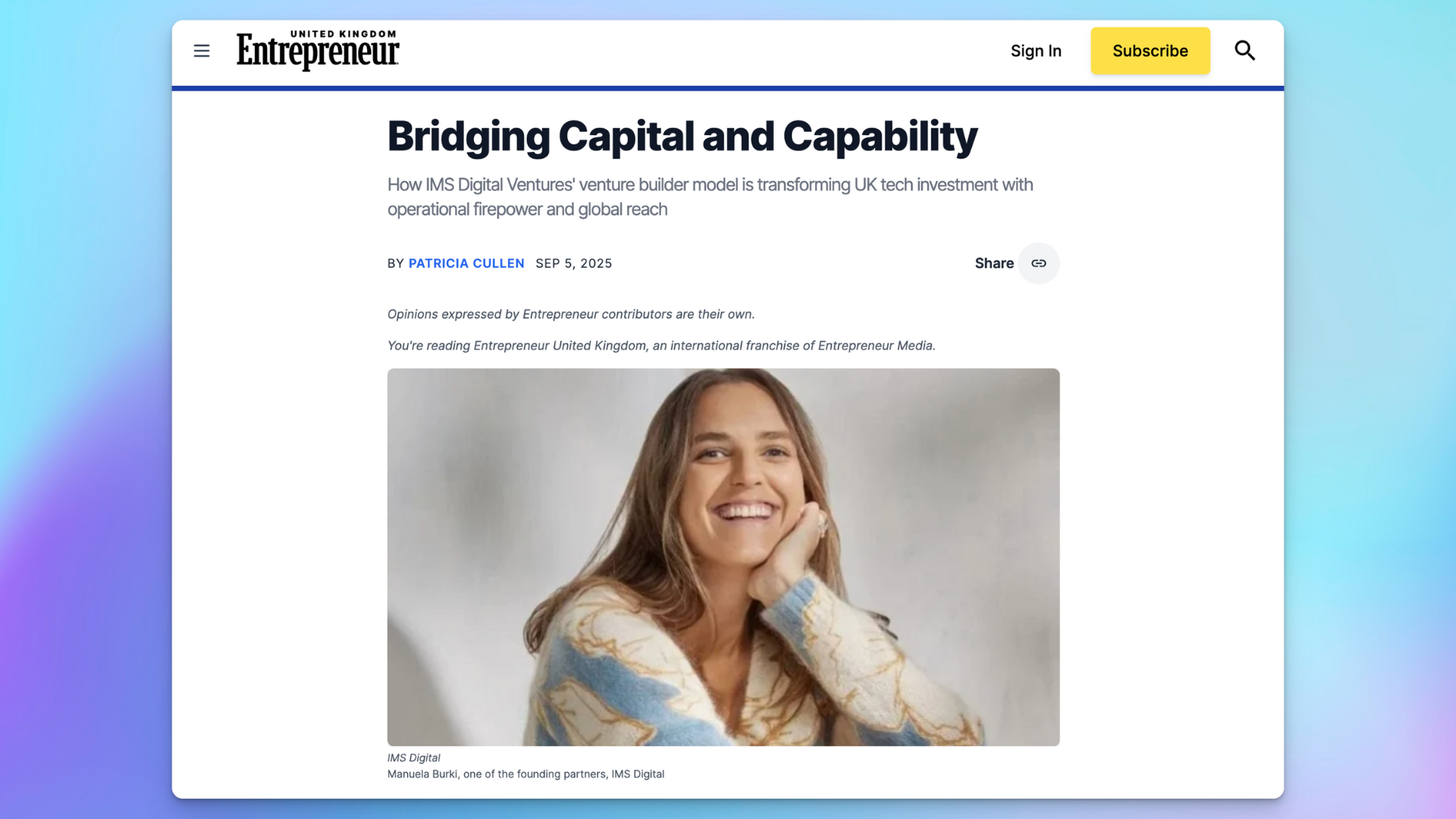Brand equity is critical to long-term brand survival
Brand equity refers to the most common perceptions of your brand held by consumers. In marketing, brand equity is important because it can be a powerful driver of business growth simply by adding value to the name of your brand. It is to be expected, then, that creating brand equity is a gradual, long-term process. In this article, we’ll explore how you can leverage storytelling across an omnichannel strategy to build brand equity.
A fragmented digital marketing strategy threatens long-term brand equity
The pressure on CMOs and agencies to deliver immediate ROI on marketing campaigns – most commonly analyzed through sales results – can lead to fragmented marketing messages across different channels. For example, a website that tries to position its products as premium will be undermined by a licentious email campaign that pushes heavy promotions. Likewise, a brand that is deaf to consumer expectations across different channels will struggle to deliver a compelling brand narrative that resonates with audiences.
A good start is analyzing consumer conversations through social listening. Generating actionable insights is key to defining a meaningful role for your brand in consumers’ lives. This can give you a reliable benchmark on how brands are building equity over time.
For more accurate measurement on how brand equity links to increased sales in the long-term, you will need to consider which data models will help predict future sales growth by connecting sales with market share of voice or consumer sentiment. Ideally, your model will enable you to simulate sales growth with market share of voice trends across different channels, to measure for instance the impact of increasing conversations on Facebook versus the impact of increasing conversations on forums.
Armed with such potent information, your marketing team will be able to focus on optimising content for channels which produce the best ROI in the long-term, as well as short-term sales. To support these strategies, C-suite executives will have to adapt their approach to analyzing results towards a more balanced analysis between short-term KPIs and long-term KPIs.
Storytelling is a key component in establishing emotional connection that leads to long-term brand equity
Data shows that tactics centered around quick results, such as offering discounts to boost sales, can be effective but short-lived.1 Storytelling across channels will allow your brand to:
- Establish an emotional connection that creates longlasting brand loyalty;
- Position your brand as an engrained part of consumer lives;
- Achieve price elasticity of your products and therefore optimum profitability.
While often overlooked as a marketing skill due to its ambiguous quality, few would argue against the impact of powerful brand storytelling. Marketers leverage storytelling as a way to connect with audiences, influence their subconscious, and create motivation and memory cues that lead to the most coveted of all conversions: the purchase.
Storytelling is also inherently social, which is one of the reasons why social media is such a popular platform to share brand messages and create top-of-funnel awareness. In the digital social environment, brands can tap into communities, publish meaningful calls-to-action, and use interactive content to solicit emotional responses from audiences.
Social media is also an ideal platform because it allows broad targeting: allowing you to deliver large-scale impact and magnify awareness. From there, it is possible to nurture audiences with personalised content based on the users’ interactions and what platform they want to use to engage with you. For example, you can personalize landing pages from a social media campaign according to the individual’s interactions, attributes, and even location or browsing behaviours. By transporting consumers through an immersive experience that feels relevant and personalised, you engage them in your brand story. With holistic data analysis and a centralized CRM system, you can continue to guide them on an intimate journey of brand discovery that is consistently supported by a compelling brand narrative.
1IPA report, The Long and the Short of it, Les Binet and Peter Field
About the Author
Manuela leads the Marketing division at IMS, advising clients on branding and market positioning in both Europe and Asia.
Prior to joining IMS, Manuela worked in financial regulation and compliance. Past experiences include representing France in roundtable discussions in Brussels for the European Venture Capital Fund (EuVECA) Regulation.
She obtained her LL.B (Hons) at UCL before graduating from Sciences-Po, Paris, with a Master’s in Financial Regulation.
Connect with Manuela Burki on LinkedIn



